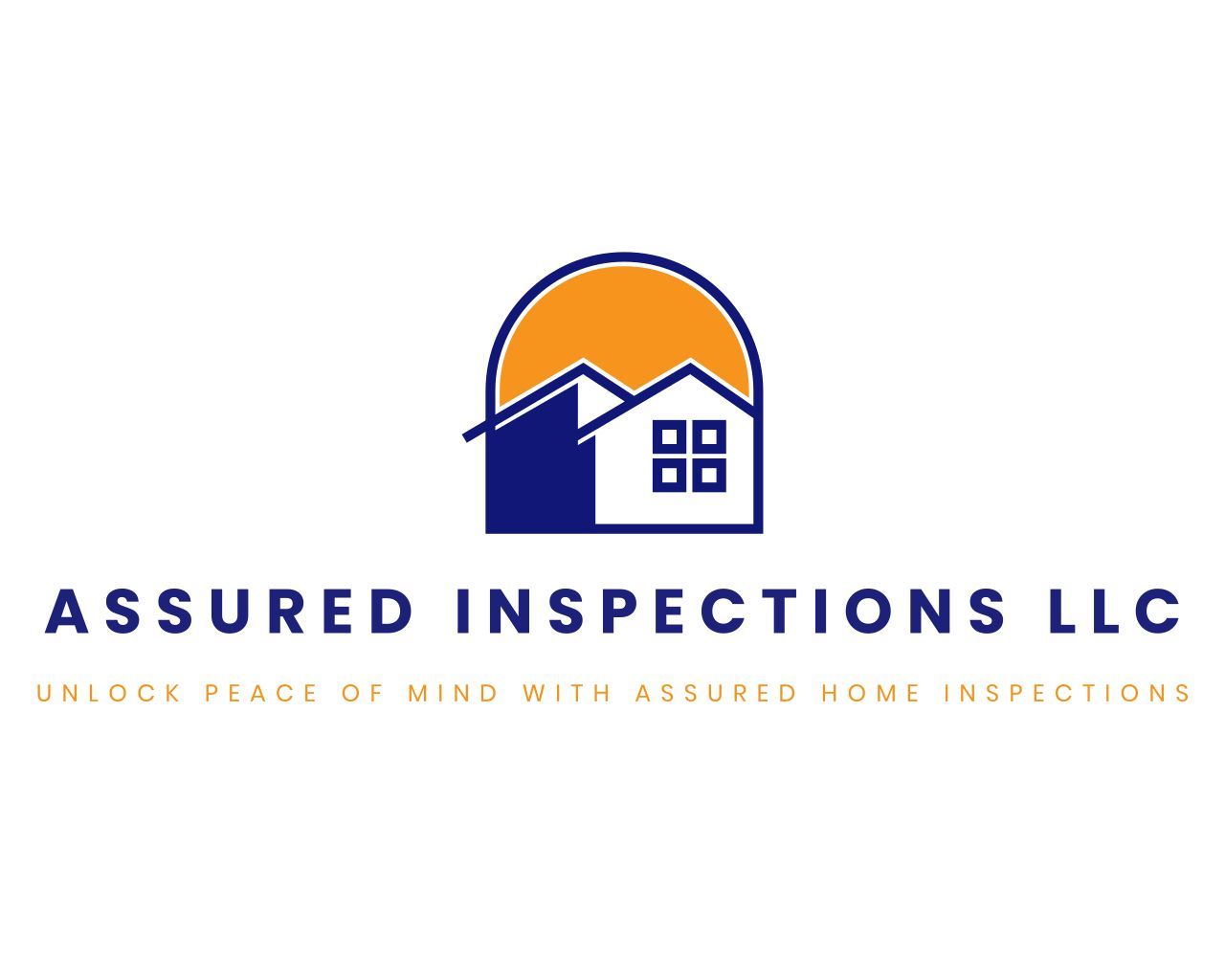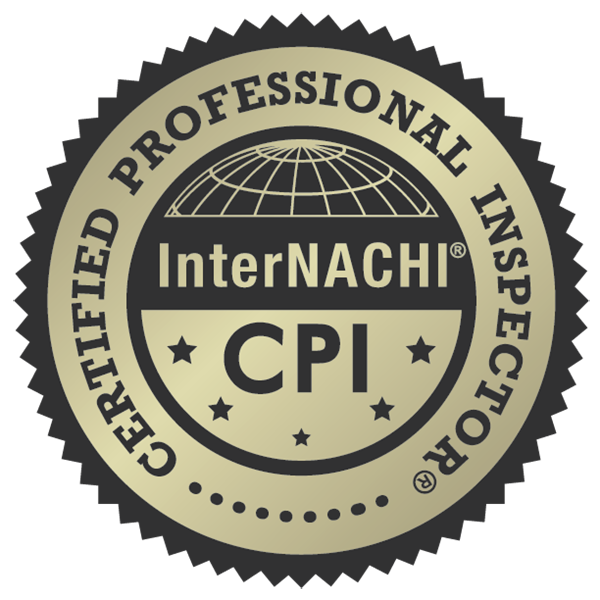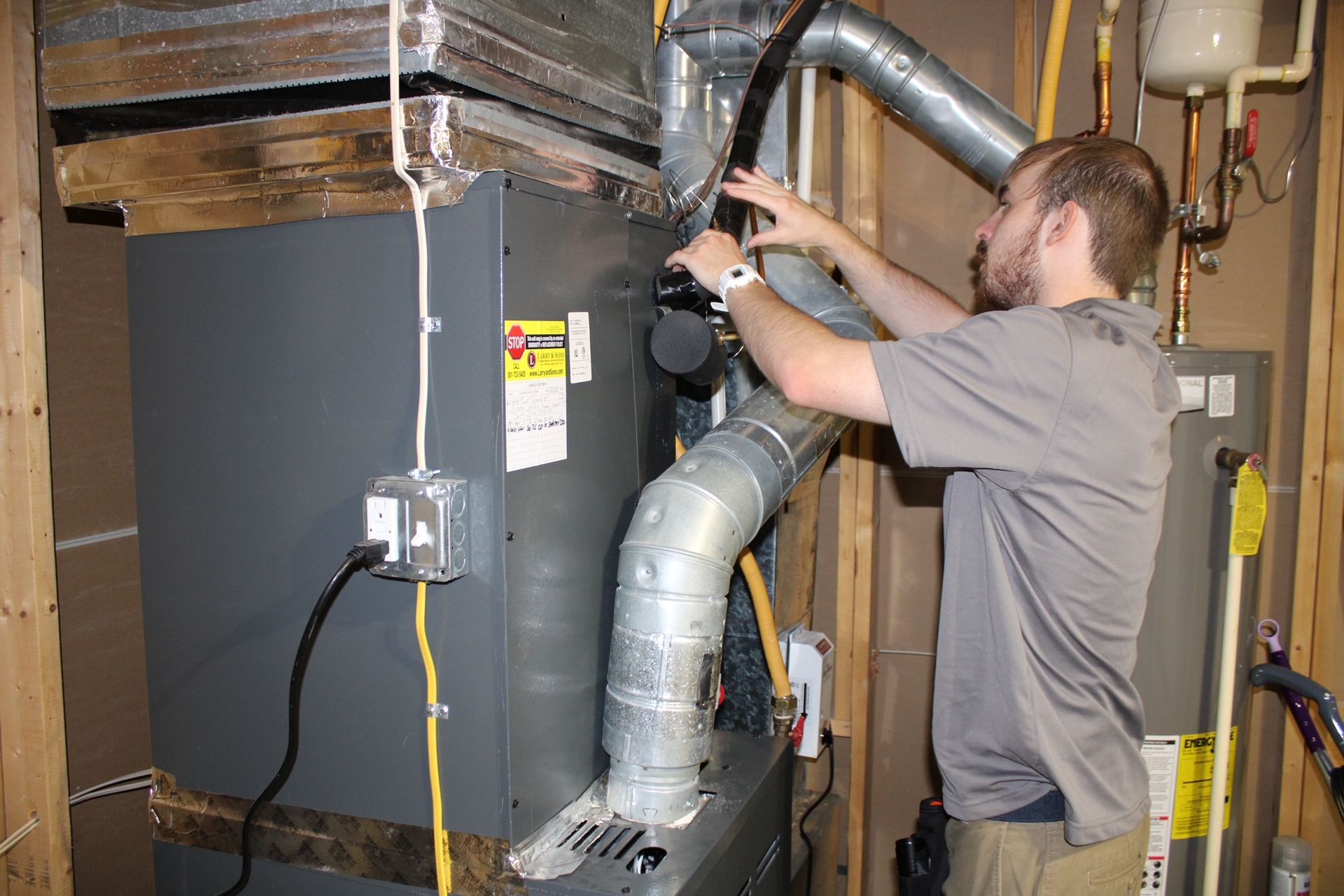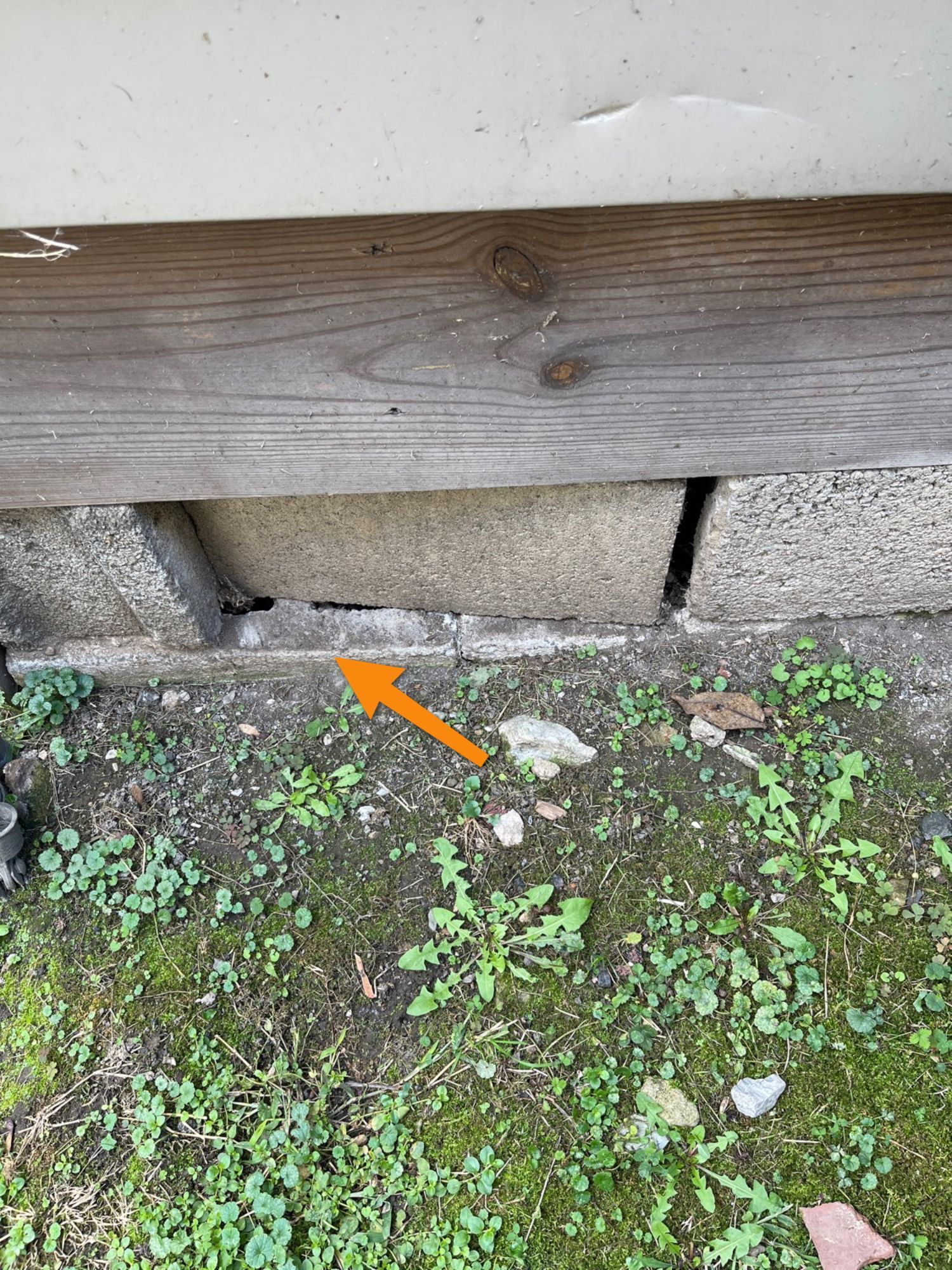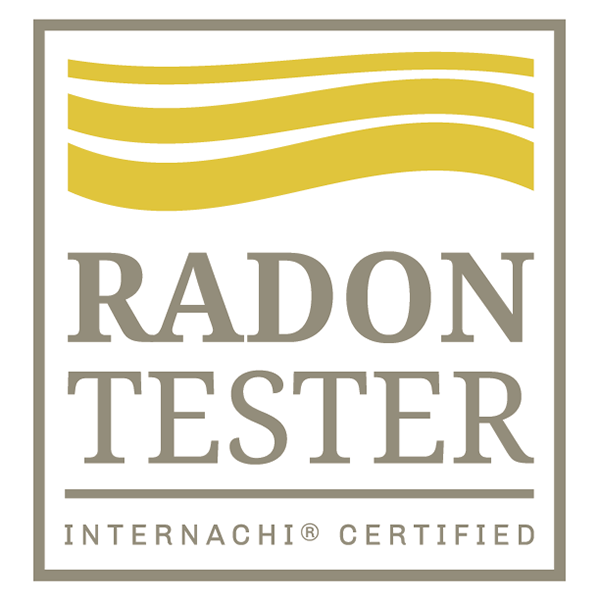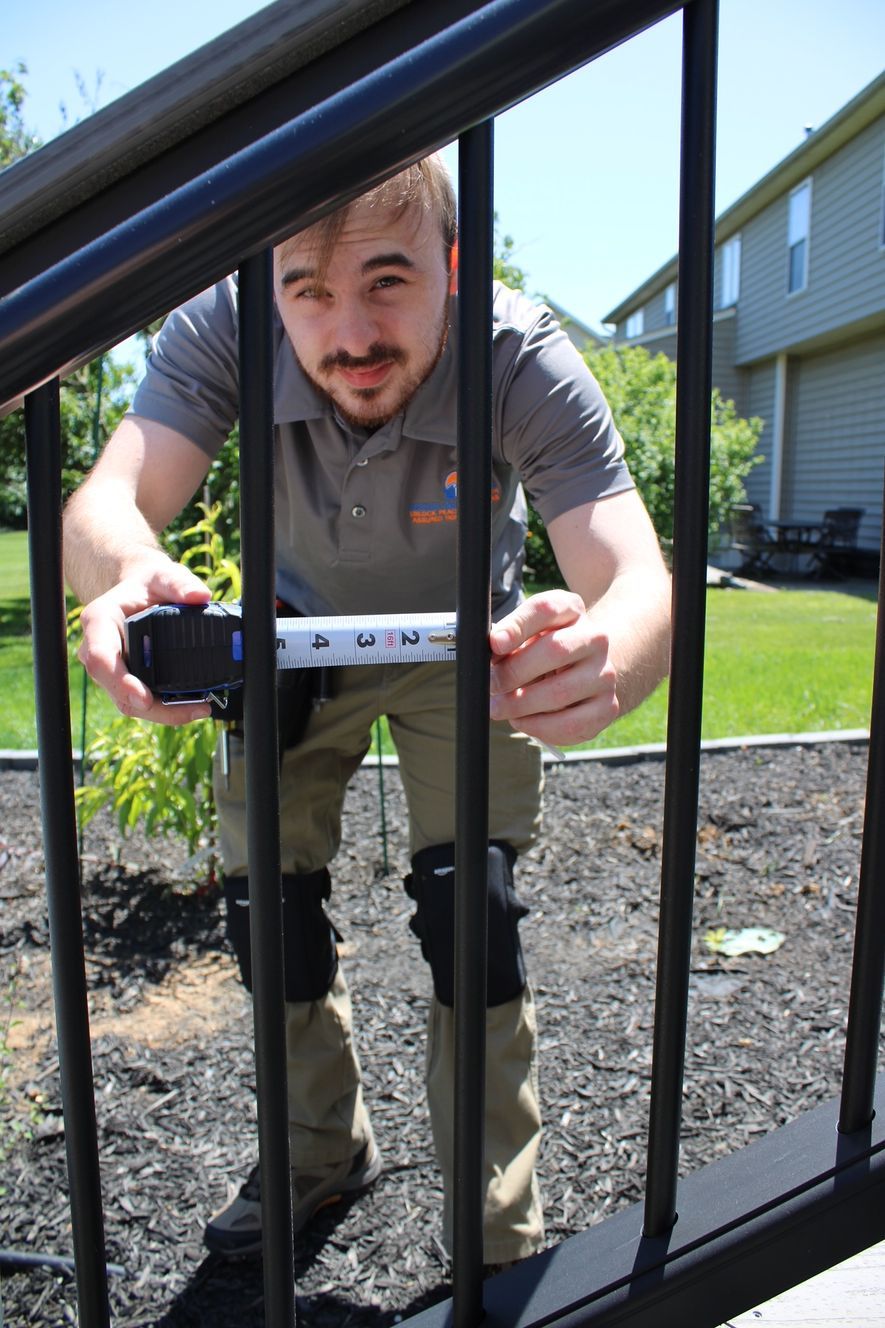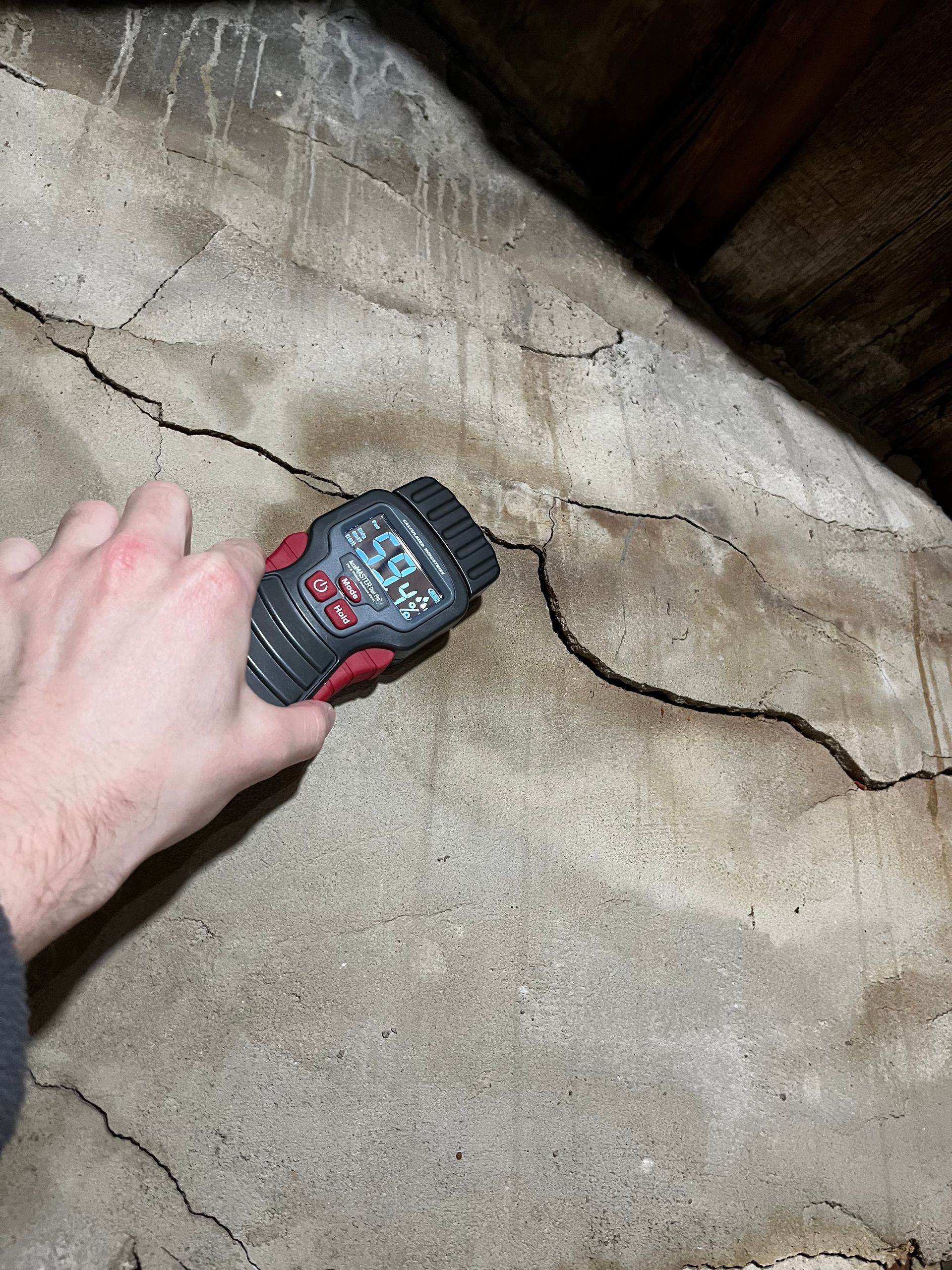Beware of These Severe Defects: What Home Inspections Uncover
Watch Out For These Defects On Your Inspection Report.
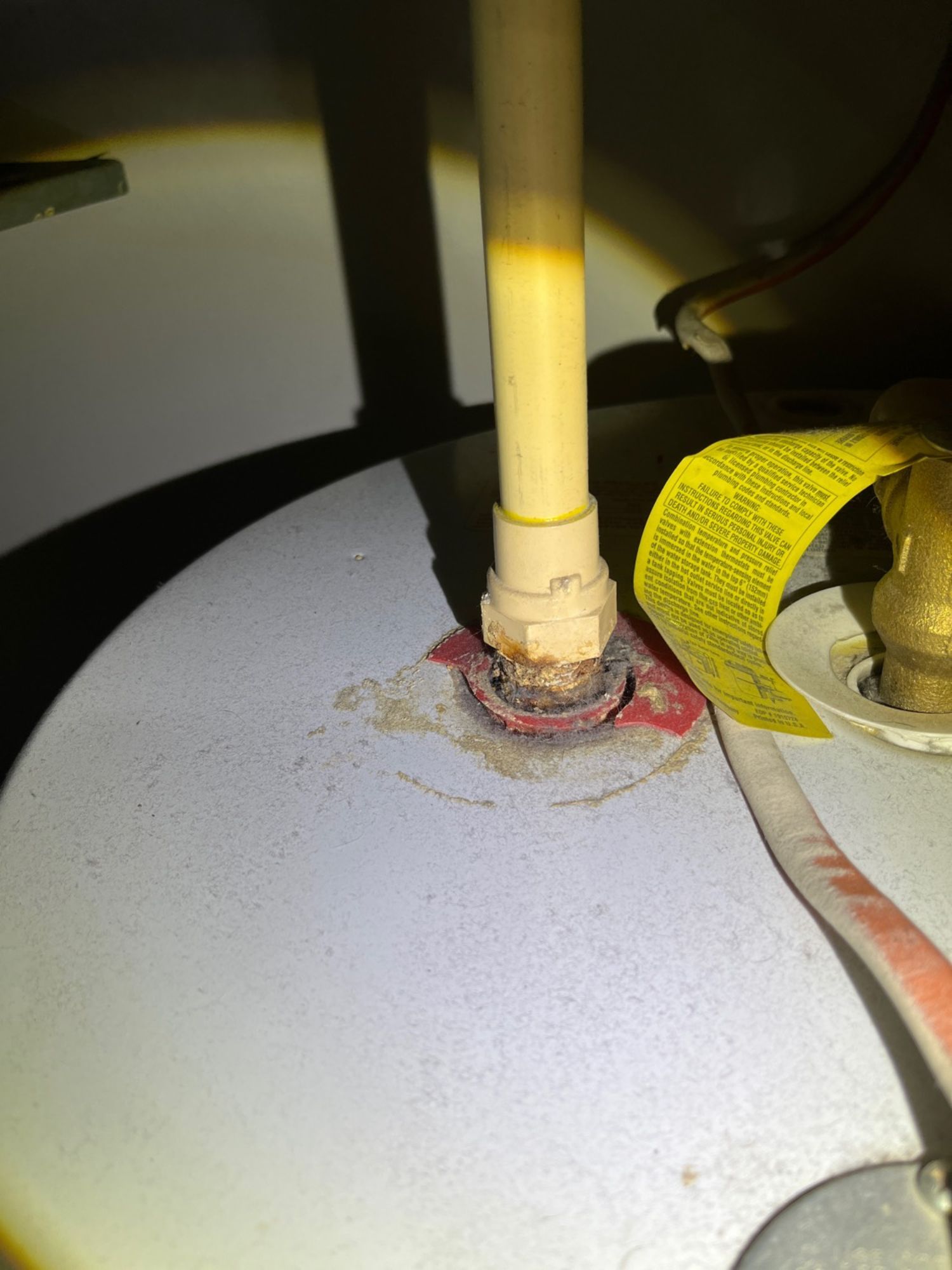
[Picture Above] Rust/Corrosion was observed on the water heater's hot water outlet, this has the potential to cause severe water damage if the connection were to fail. Recommend contacting a licensed plumbing professional to evaluate and replace corroded materials. Water heater itself was also observed to be past the typical life expectancy for a water heater. Recommend budgeting for replacement in the near future.
Buying a home is one of the biggest investments you'll make in your lifetime. That's why a thorough home inspection is essential—it can uncover critical issues that might not be visible to the untrained eye. While some defects are minor and easily fixed, others can be severe, posing serious risks to your safety and your wallet. Here’s a closer look at some of the most severe defects often found during a home inspection.
Foundation Problems
The foundation is the most critical part of any home. Unfortunately, it’s also one of the most common sources of severe defects. Issues like large cracks, shifting, or uneven settling can signal major structural problems. These defects can compromise the integrity of the entire house, leading to costly repairs and potentially unsafe living conditions.
Warning Signs:
- Large, diagonal cracks in walls or ceilings
- Uneven floors
- Doors and windows that stick or don’t close properly
Electrical Issues
Electrical systems are another area where severe defects can lurk. Outdated wiring, overloaded circuits, and faulty electrical panels not only pose a fire risk but can also lead to frequent outages and other hazards. Ensuring the electrical system is up to code is crucial for the safety of your home and its occupants.
Warning Signs:
- Flickering lights
- Frequent circuit breaker trips
- Scorch marks around outlets
Roof Damage
A damaged roof can lead to a cascade of other problems, including water intrusion, mold growth, and structural damage. Severe defects in the roof, such as missing shingles, damaged flashing, or significant leaks, can be expensive to repair and, if left unattended, can cause extensive damage to the home.
Warning Signs:
- Water stains on ceilings or walls
- Missing or curling shingles
- Sagging rooflines
Plumbing Failures
Plumbing issues are not only a nuisance but can also cause significant water damage if not addressed promptly. Severe defects such as corroded pipes, hidden leaks, or malfunctioning water heaters can lead to mold growth, structural damage, and high repair costs.
Warning Signs:
- Low water pressure
- Water stains or dampness in walls and ceilings
- Rusty or discolored water
Mold and Moisture Problems
Mold isn’t just an eyesore—it’s a health hazard. It thrives in damp, poorly ventilated areas and can spread quickly if not addressed. Mold and moisture problems often indicate underlying issues such as leaks, poor ventilation, or inadequate drainage, all of which need immediate attention.
Warning Signs:
- Musty odors
- Visible mold growth, especially in basements or attics
- Peeling or bubbling paint
Structural Issues
Structural issues go beyond just the foundation. Problems like rotting wood, termite damage, or compromised support beams can weaken the entire structure of a home. These defects are particularly concerning because they can be expensive to repair and may pose serious safety risks.
Warning Signs:
- Sagging floors or ceilings
- Cracks in walls or ceilings
- Signs of termite damage (e.g., hollow-sounding wood, discarded wings)
The Importance of a Thorough Inspection
A home inspection is your best defense against buying a property with severe defects. It’s crucial to hire a certified and experienced inspector who knows what to look for and can provide a detailed report on the condition of the home. While some defects might be manageable, others can be deal-breakers, leading to costly repairs or even making the home unlivable.
Protecting Your Investment
Purchasing a home without a thorough inspection is a gamble that could cost you thousands in unexpected repairs. By identifying severe defects early, you can make informed decisions—whether that means negotiating a better price, asking the seller to make repairs, or even walking away from the deal altogether.
A home inspection isn’t just a formality—it’s a critical step in the home-buying process. Knowing what severe defects to look out for can save you from purchasing a home with hidden problems that could lead to significant financial and safety issues down the road. So, when you're in the market for a new home, don’t skip the inspection. It’s your best tool for ensuring your dream home doesn’t turn into a nightmare.
